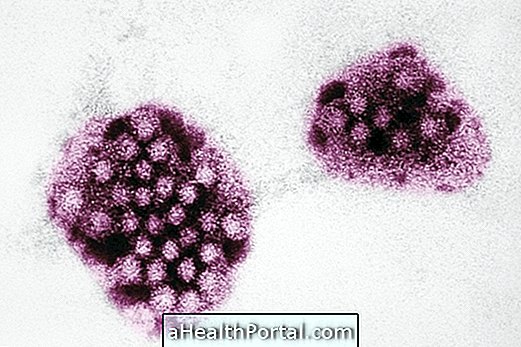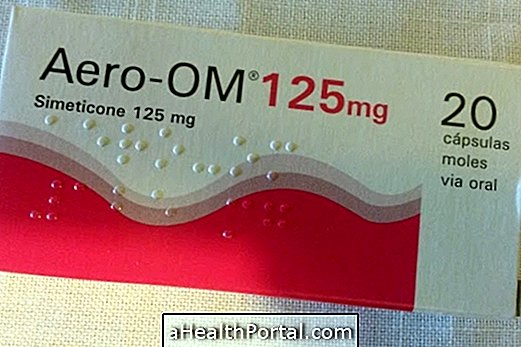Supergonorrhea is the term used to describe the bacteria responsible for gonorrhea, the Neisseria gonorrhoeae, resistant to several antibiotics, including antibiotics that are normally used to treat this infection, such as Azithromycin. Thus, the treatment for supergonorrhea is more difficult and, because of this, there is a greater risk of developing complications, since the bacteria remains in the body longer.
Gonorrhea is a sexually transmitted infection that can be transmitted from person to person through penetrative, anal or oral intercourse without protection. Learn more about gonorrhea transmission.

Main symptoms
The symptoms of supergonorrhea are the same as those of gonorrhea caused by antibiotic-sensitive bacteria, however they do not disappear as antibiotic treatment is carried out, increasing the risk of complications. In general, the main symptoms of supergonorrhea are:
- Pain or burning when urinating;
- Yellowish white discharge, similar to pus;
- Increased urge to urinate and urinary incontinence;
- Inflammation of the anus, in case the bacterium was transmitted through the anal intercourse;
- Sore throat, in the case of intimate oral intercourse;
- Increased risk of pelvic inflammatory disease (PID), due to the permanence of the bacteria in the body;
In addition, as the elimination of supergonorrhea is more difficult due to resistance to various antibiotics, there is a greater risk of this bacteria reaching the bloodstream and reaching other organs, resulting in the appearance of other symptoms such as fever, joint pain and injuries to the extremities, for example. Know other symptoms of gonorrhea.
How is the treatment
The treatment for supergonorrhea is difficult due to the resistance of this bacterium to the antibiotics normally used in the treatment, mainly Azithromycin and Ceftriaxone. So, to combat the Neisseria gonorrhoeae multiresistant and avoid the development of complications, it is important that an antibiogram is initially performed to find out the sensitivity and resistance profile of this bacterium.
In this case it is common to identify resistance to almost all antibiotics, however it is possible that there is an antibiotic that at higher concentrations or in combination with another can be used effectively. Thus, treatment is usually carried out in hospital with administration of antibiotics directly into the vein so that it is possible to fight the bacteria more effectively.
In addition, periodic examinations are carried out during treatment to check whether antibiotic treatment is being effective or whether the bacteria has developed new resistance. Check out more details of the treatment for gonorrhea.
Was this information helpful?
Yes No
Your opinion is important! Write here how we can improve our text:
Any questions? Click here to be answered.
Email in which you want to receive a reply:
Check the confirmation email we sent you.
Your name:
Reason for visit:
--- Choose your reason --- DiseaseLive betterHelp another personGain knowledge
Are you a health professional?
NoMedicalPharmaceuticalsNurseNutritionistBiomedicalPhysiotherapistBeauticianOther
Bibliography
- WHO. Multi-drug resistant gonorrhoea. Available in: . Accessed on 06 Jan 2021
- BODIE, M .; GALE-ROWE, M .; ALEXANDRE, S. et al. Addressing the rising rates of gonorrhea and drug-resistant gonorrhea: There is no time like the present. CCDR. Vol 45. 2nd ed; 54-62, 2019
- MARTIN, I .; SAWATZKY, P .; ALLEN, V. et al. Multidrug-resistant and extensively drug-resistant Neisseria gonorrhoeae in Canada, 2012–2016. CCDR. Vol 45. 2/3 ed; 45-53, 2019
- COSTA-LOURENÇO, Ana Paula R .; SANTOS, Késia Thaís B .; MOREIRA, Beatriz M. et al. Antimicrobial resistance in Neisseria gonorrhoeae: history, molecular mechanisms and epidemiological aspects of an emerging global threat. Brazilian Journal of Microbiology. Vol 48. 617-628, 2017




















